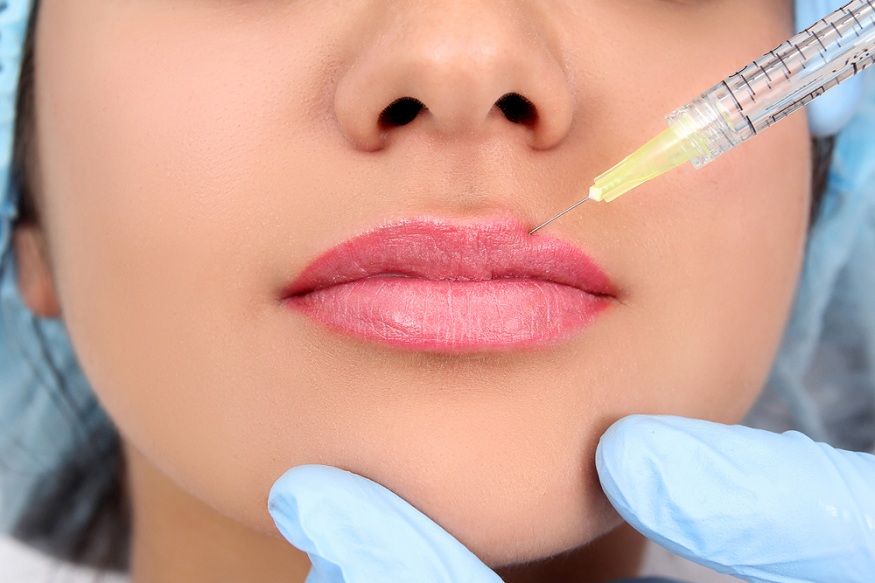Dermal fillers are minimally invasive and provide practically immediate results. For example, you may want to get a chin filler or a nose filler in Singapore one of these days. Nonetheless, you must follow your cosmetic surgeon’s dermal filler aftercare recommendations to avoid side effects and problems. Therefore, while we will provide you with some essential advice and guidance, you must still strictly adhere to any post-treatment instructions provided by your aesthetician or cosmetic surgeon. Today, we’ll look at the most crucial parts of dermal filler aftercare.
What Exactly Are Dermal Fillers?
Dermal fillers are formed of a gel-like material injected under the skin’s surface.
Fillers have been used for a variety of purposes, including:
- Treat premature ageing indications such as creases, wrinkles, and fine lines.
- Add volume to parts of the face, such as behind the eyes, into the cheeks, or the lips.
- Define facial features such as the jawline and temples.
- Add volume to the skin texture and plump up depressed regions left by acne scars.
Best Practices for Dermal Filler Aftercare
For speedier recovery and to reduce adverse effects, follow these dermal filler aftercare instructions:
- Keep away from high heat.
- Follow your surgeon’s dermal filler aftercare guidelines to keep your skin clean.
- Do not massage or touch the injected areas.
- Any odd or negative effects should be reported to your practitioner immediately.
- Exercise should be avoided for the first 24 hours following your therapy.
At-Home Aftercare for Dermal Fillers
Following these aftercare instructions, you may recover from your dermal filler treatment much faster and with less downtime.
Apply ice.
It is incredibly usual for some swelling to develop following the use of dermal fillers. In addition, some areas of the face may swell more than others, but this may be managed by using a cold compress frequently.
Massage your skin.
After dermal fillers, you may be encouraged to massage your skin. In other cases, you will be advised not to. You should adhere to your cosmetic expert’s dermal filler aftercare guidelines.
Manage your bruising.
If you are especially prone to bruising, you should sleep with your head propped up on an additional pillow or two. It is also advisable to sleep on your back after having fillings. Using an ice pack or cold compress to reduce bruising may also assist.
Avoid strenuous exertion and intense heat.
After having dermal fillers, you should maintain the region quiet and cold, and therefore avoid hot environments like saunas and steam rooms. It would also be best to stay out of direct sunlight.
Stay away from alcohol.
Alcohol dilates blood vessels, which might lead to bruising. Therefore, you should absolutely refrain from drinking alcohol for a few days following your dermal filler injections.
Avoid overseas flights.
Flying in a pressurised cabin after getting fillers is not suggested, so if you intend to fly, make sure you allow yourself enough time to heal. You should at least wait a week before making plans.
Remember to keep your review appointment.
Because of the possibility of early swelling, it is advisable to have your filler procedure checked by your cosmetic surgeon two weeks later.
To ensure that you are satisfied with the outcomes, your practitioner will examine for any lingering swelling and how well the filler has settled following your treatment.
Be patient.
Depending on how much filler you want, it may take more than one session to reach your desired outcome. If you want dermal fillers before a big occasion, schedule an appointment for at least two weeks to allow any swelling to go down.
Recognise the warning indications.
Knowing the warning signals of when something goes awry is part of your aftercare obligation. You must notify your practitioner as soon as you see any indications of an illness or allergic reaction.

